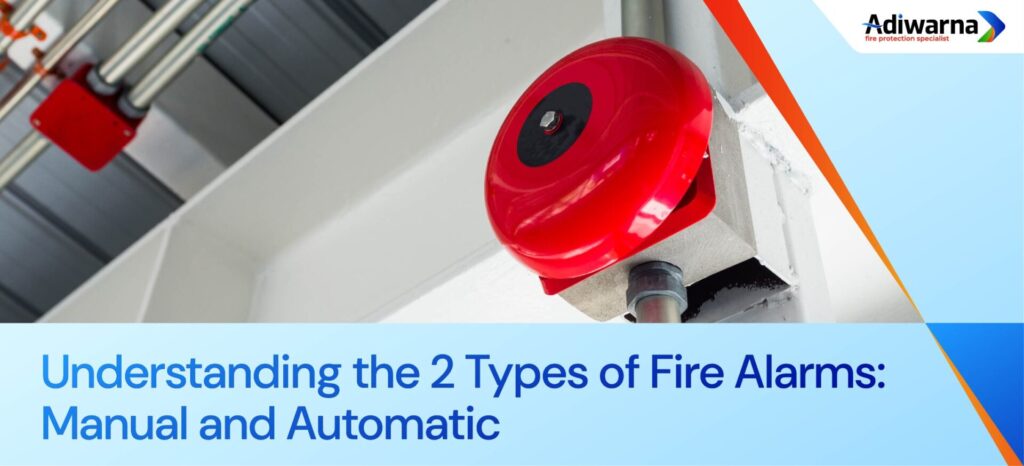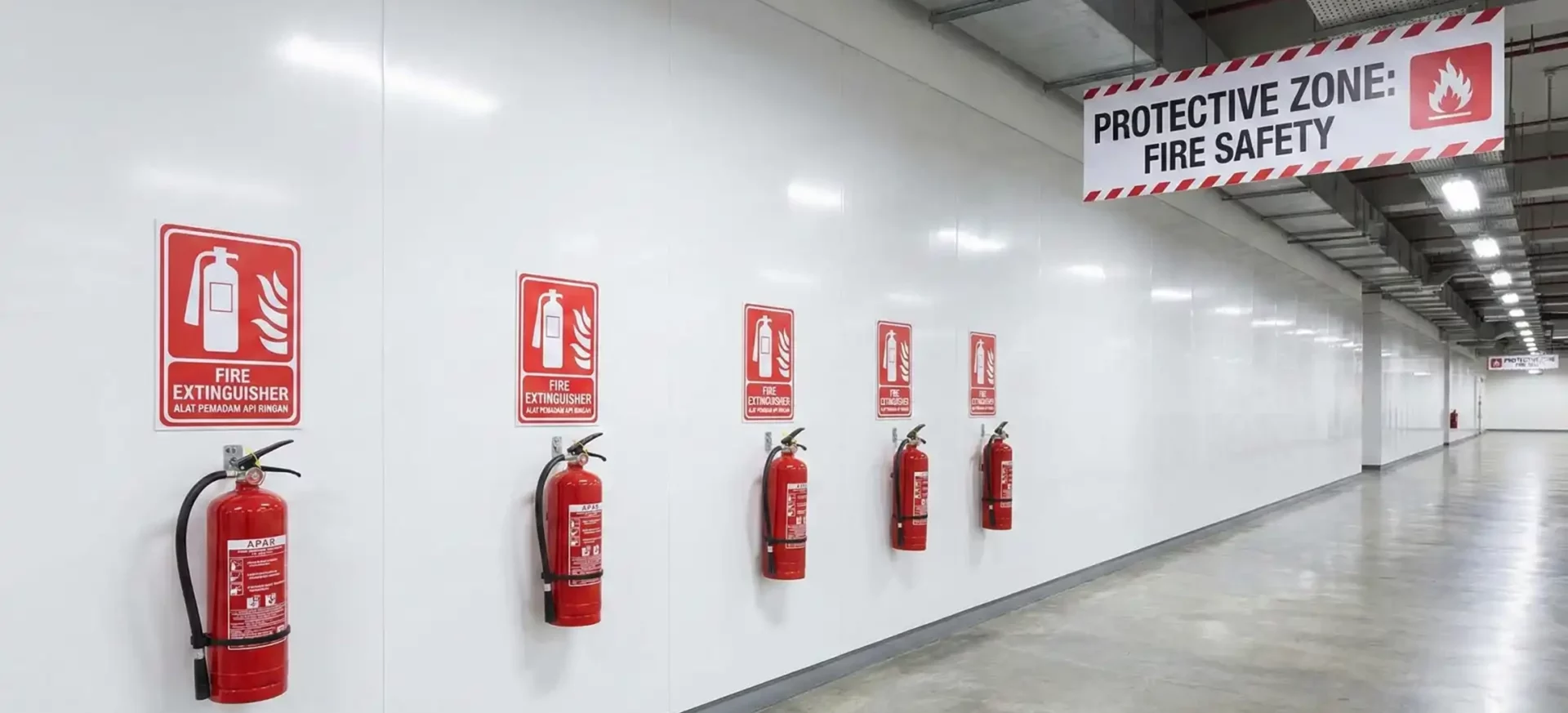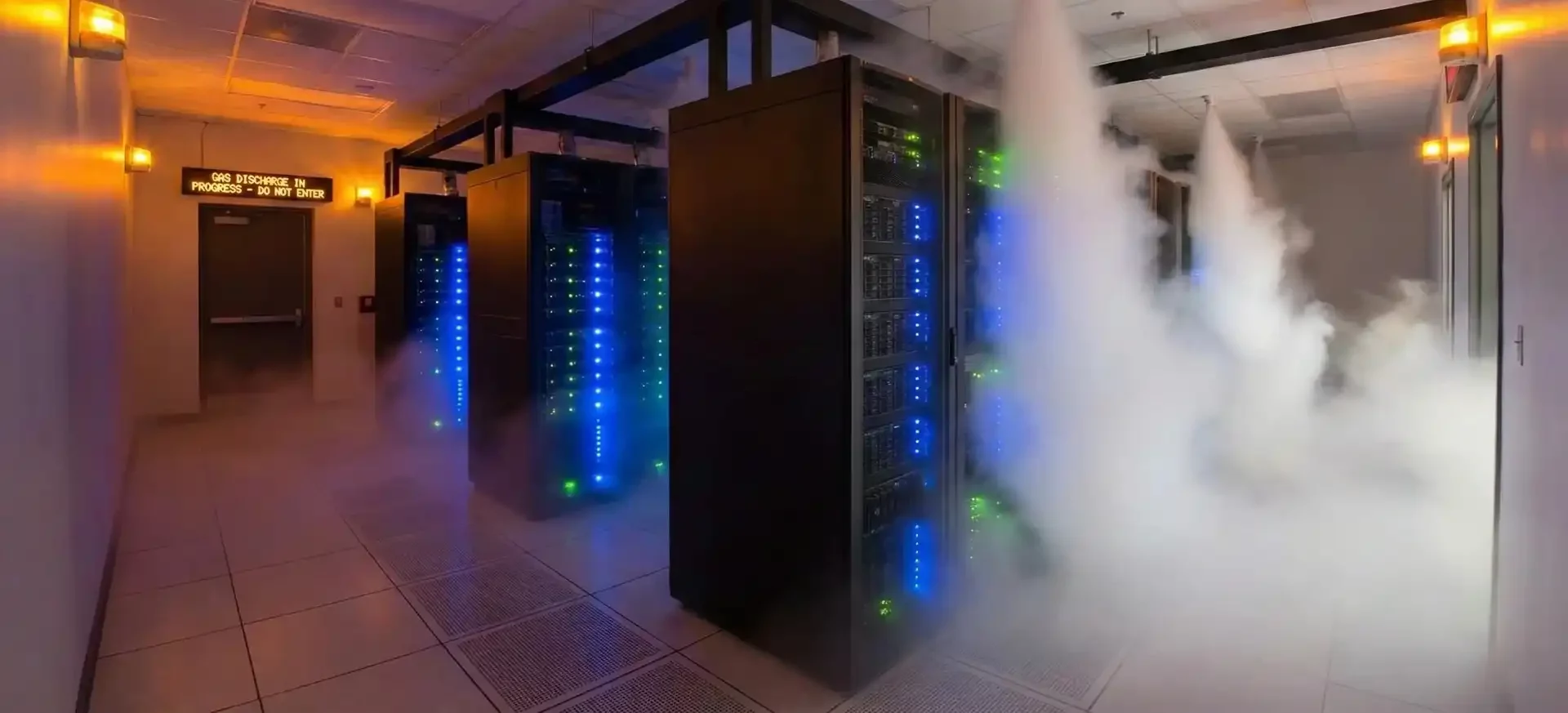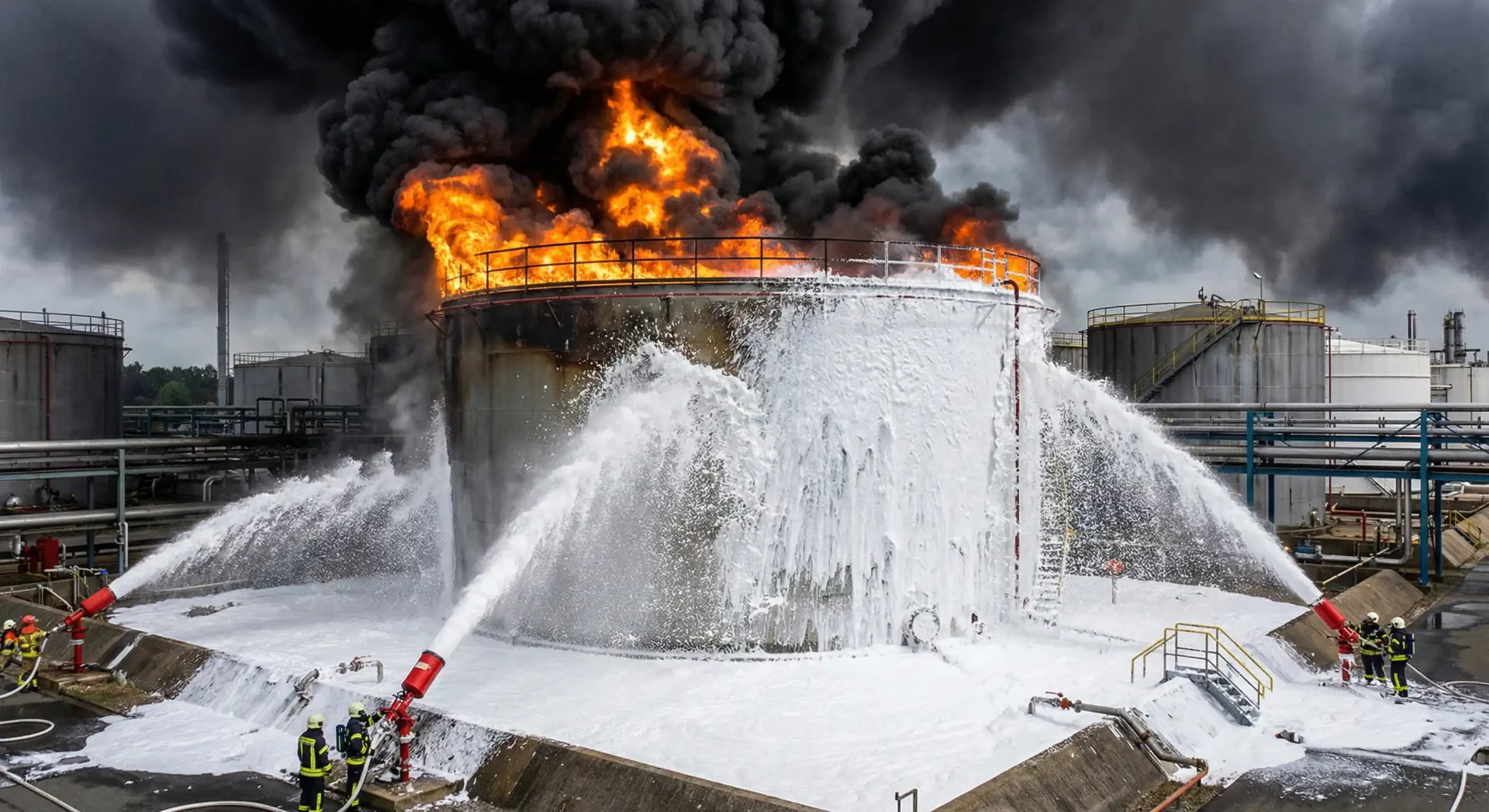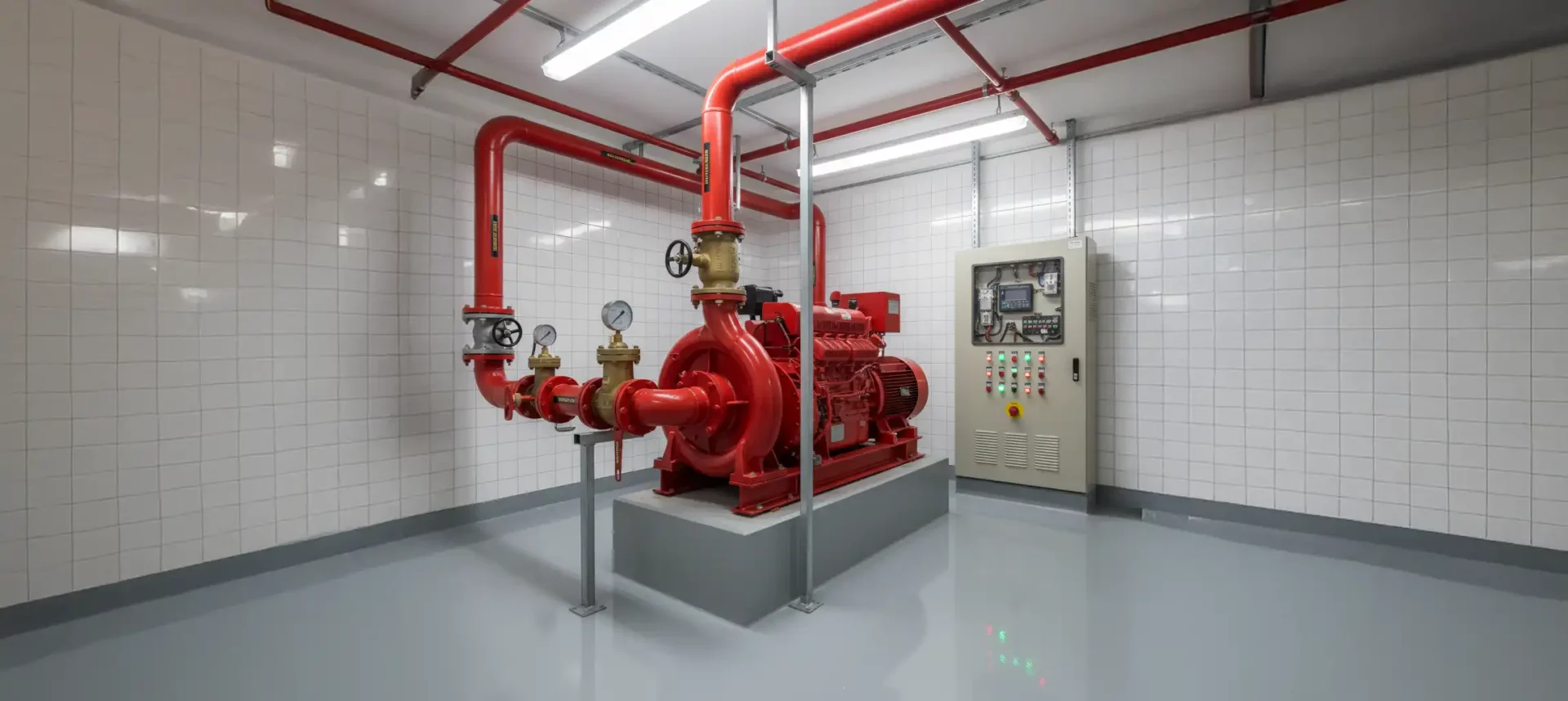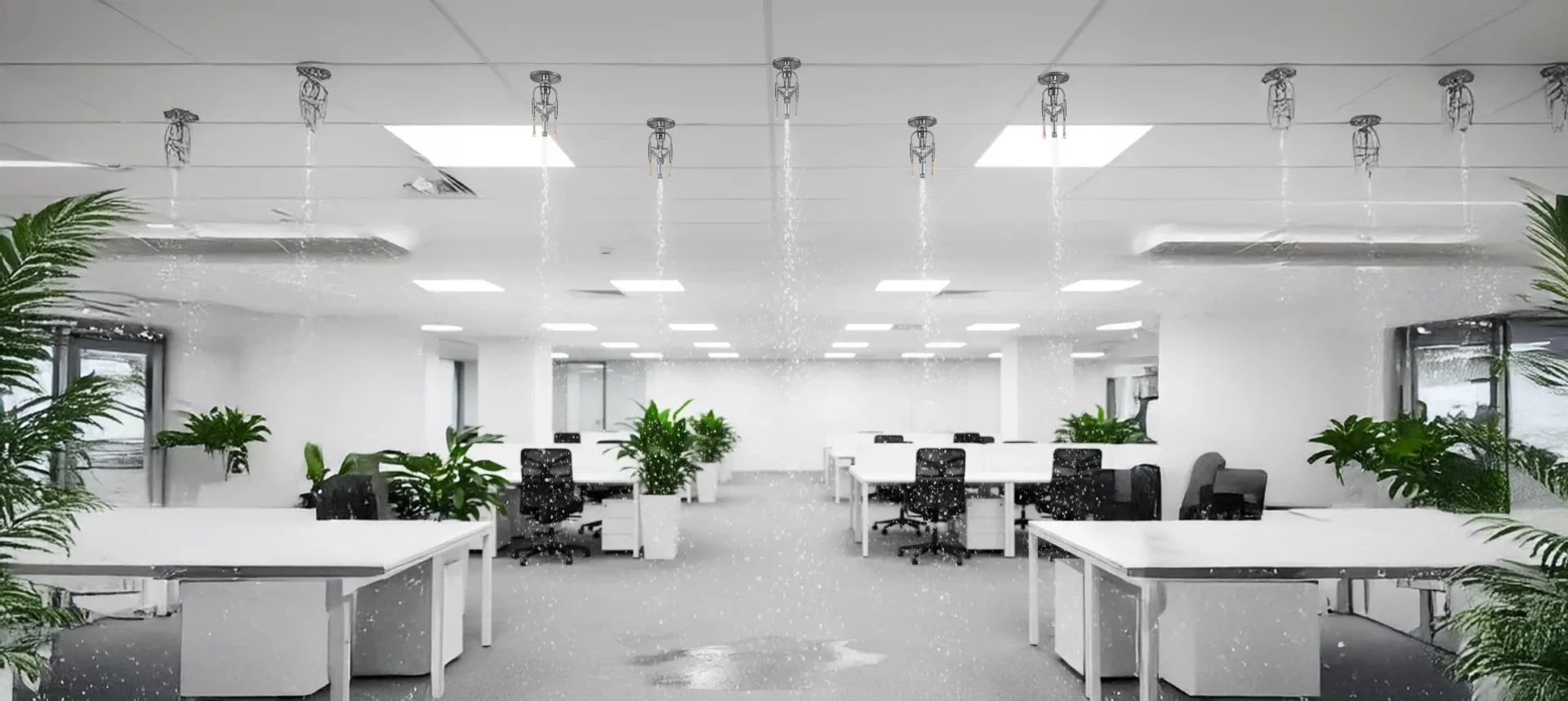Get to Know 2 Types of Fire Alarms: Manual and Automatic
There are different types of fire alarms designed to respond quickly and accurately to emergency situations. The two most common systems are manual and automatic fire alarms.
Each has a different way of working, but both play an important role in keeping occupants safe and minimizing the impact of a fire. Manual alarms rely on human action to activate the warning signal, while automatic alarms work independently with heat, smoke, or fire detection sensors.
Understanding the differences and advantages of these two types of fire alarms will help in selecting the system that best suits the needs of your building or environment.
Types of Fire Alarms
Manual Fire Alarm
AlarmManual fire is a warning system that is activated directly by humans when they detect a fire.
Users can press a button, turn a lever, or pull a special lever available on the alarm device to trigger the warning system. Once activated, the device will sound a siren or bell as an emergency evacuation signal for all occupants of the building.
The advantage of the manual system lies in the direct control given to the user. In situations where automatic sensors have not responded, a manual alarm allows the occupant or security officer to immediately signal danger.
Therefore, these systems remain important as an additional layer of protection, especially in areas that are difficult for automatic sensors to reach or in certain environments such as ships and aircraft.
In addition, manual alarms are designed to be easily accessible and used. Usually these devices are installed in strategic places such as near exits, emergency stairs, or areas that are often passed by residents. Clear instructions for use also help operate during emergencies.
Automatic Fire Alarm
Unlike manual systems, automatic fire alarms work without human intervention. These systems detect signs of fire such as smoke, heat, flames, or hazardous gases using various types of sensors. Some common types of detectors used in automatic systems include:
- Ionization Detector: Quickly detects light smoke from small fires.
- Photoelectric Detector: Effectively detects thick smoke from slow fires.
- Thermal Detector: Ideal for dusty or hot areas such as industrial kitchens.
- Fire and Gas Detectors: Intended to detect direct flames or gas leaks that could potentially trigger a fire.
Automatic systems are divided into two types, namely conventional and addressable systems. In conventional systems, sensors only send fire signals without indicating a specific location. While in the addressable system, each detector has a unique ID so that the control panel can inform the exact location of the fire. This facilitates the identification and handling process faster, especially in large buildings such as office buildings or hospital.
Interestingly, automatic alarm systems often also come with a manual call point as a backup. This allows the user to still activate the alarm manually if needed.
Both manual and automatic systems have their own advantages in detecting and providing early warning of potential fires. Manual systems provide flexibility and control for humans to respond to emergency situations, while automatic systems are able to work independently and quickly detect danger without user intervention.
For maximum protection, combining these two types of fire alarms is the best choice. This combination ensures early detection as well as the ability for direct intervention by building occupants.
If you are looking for an effective fire protection solution that meets safety standards, Adiwarna is here as a trusted contractor who is ready to help design and install alarm system the best fire for your needs.
With experience and expertise in installing various types of fire alarms, Adiwarna ensures that your work and residential environment remains safe.

